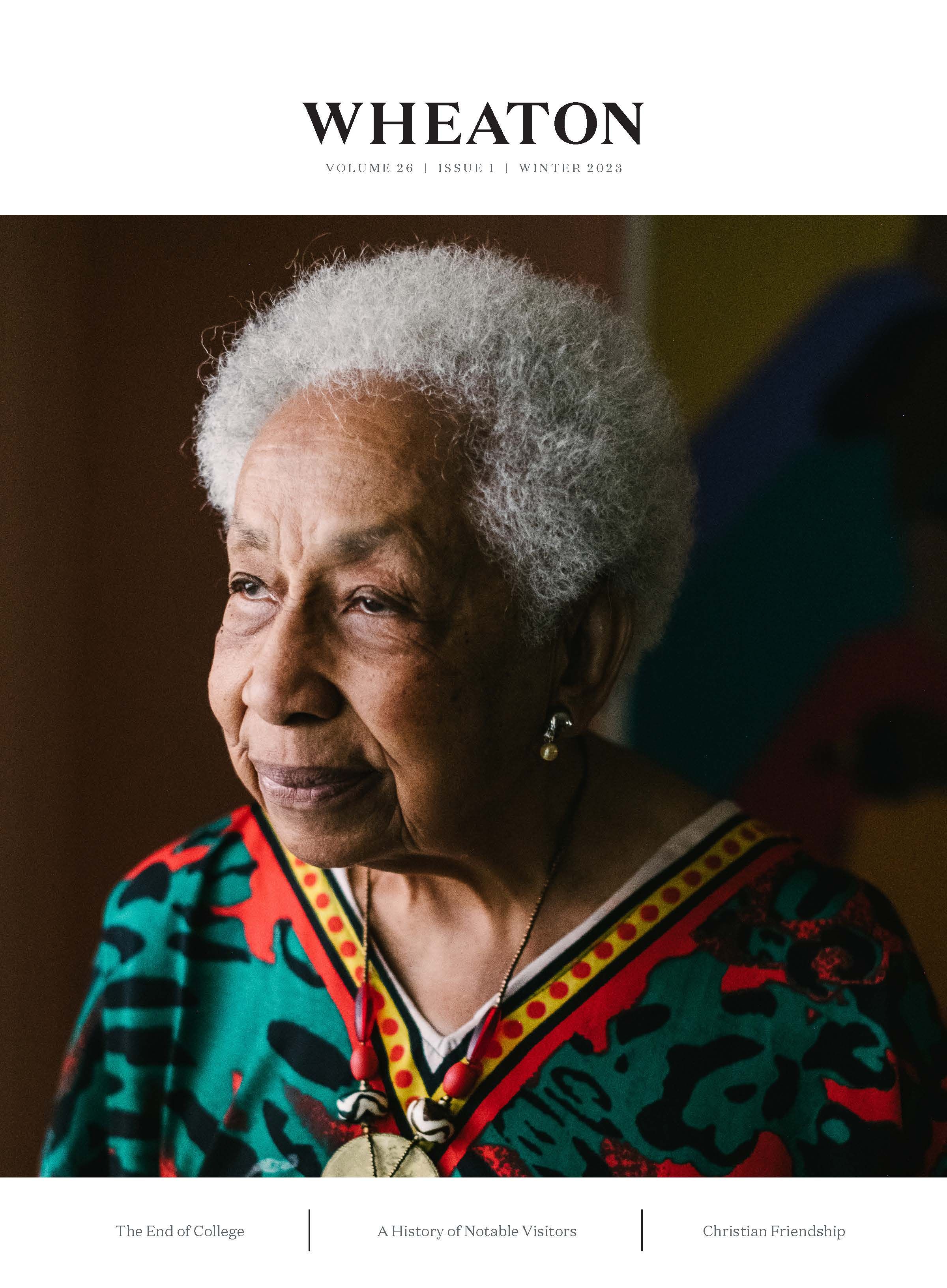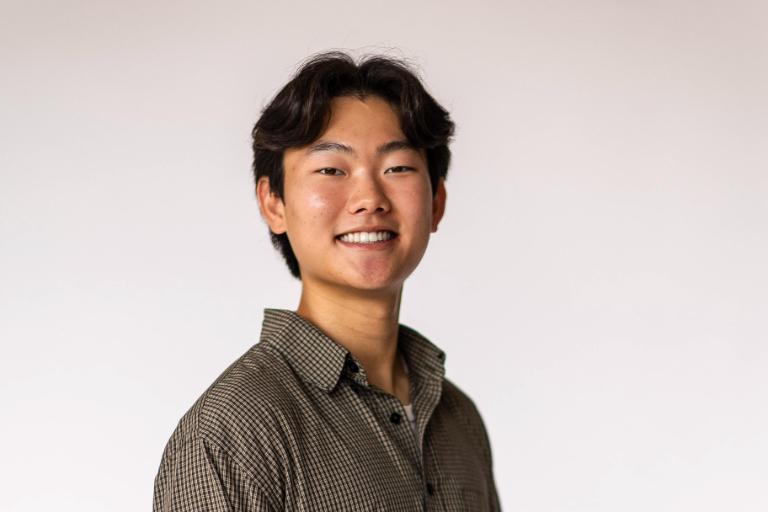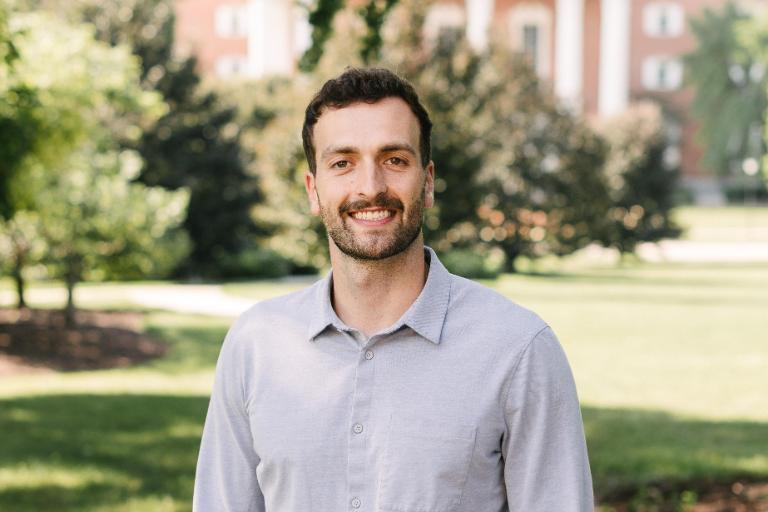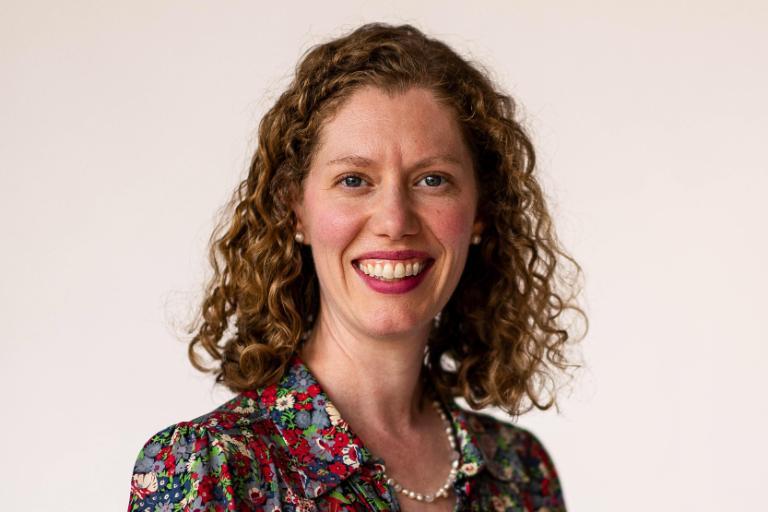Experiential Learning in Wheaton’s Engineering Program
Between working on an excavation site in Tel Shimron and developing new technology in campus laboratories, Trevor Gilkerson ’24 is taking full advantage of Wheaton’s open doors for undergraduate engineering students.
Words: Jenna Watson ’21
Photos: Josh and Alexa Adams
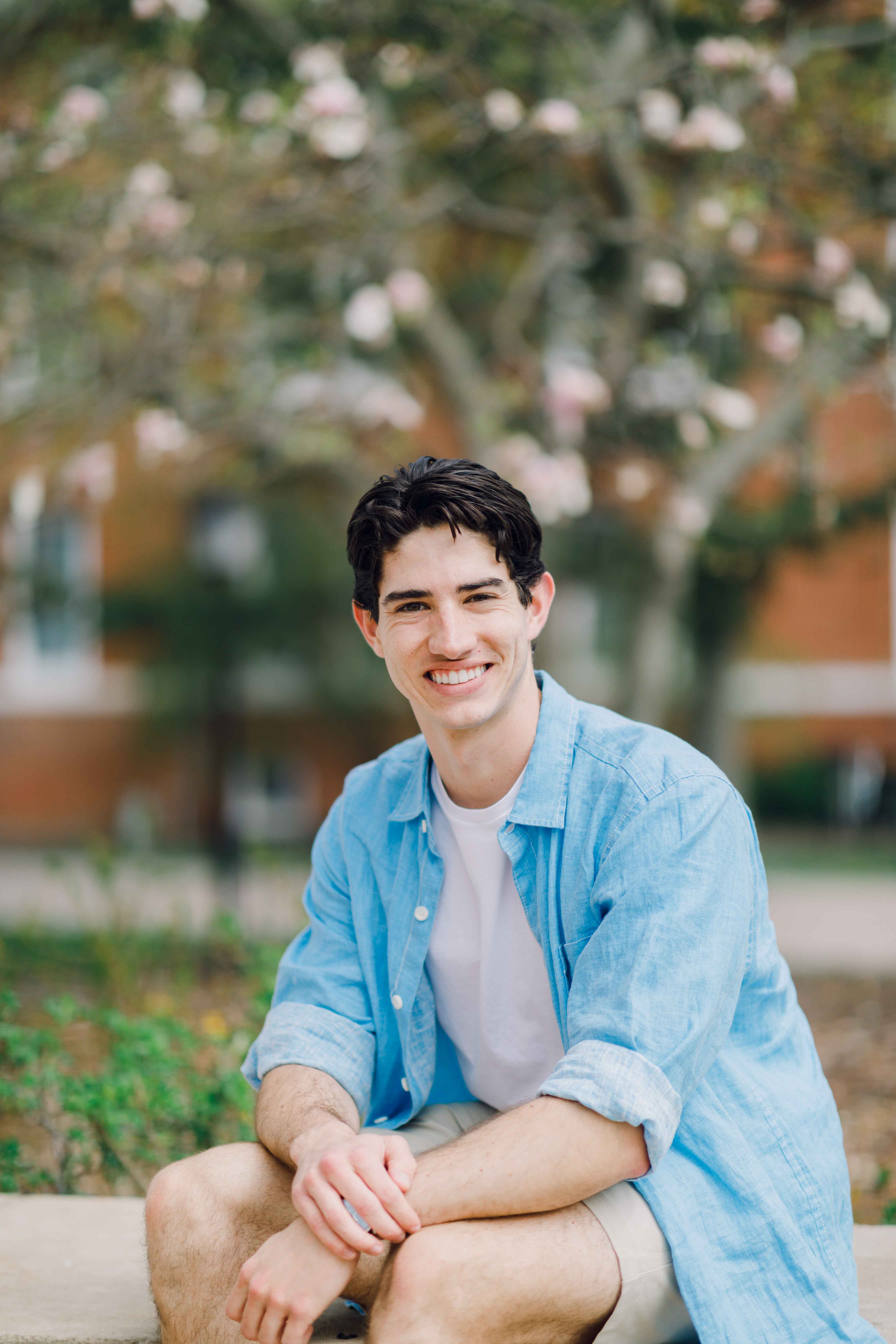
Trevor Gilkerson ’24 has found that Wheaton’s engineering program has given him academic and leadership opportunities he wouldn’t have found at larger schools. Between co-leading Wheaton’s chapter of the Society of Physics Students (SPS), presenting at conferences, and leading a collaborative project with an archaeology team that led him to Northern Israel, Gilkerson has taken every chance to engineer excellence in his academic and extracurricular pursuits.
Growing up in the California public school system, Gilkerson was looking for a Christian education and the diversity of learning that a liberal arts education offers. The small class sizes also set Wheaton apart when he was applying.
“Wheaton is a big difference from the stories I hear of 300-person lecture halls where you can hardly get help if you need it,” said Gilkerson. “It’s much better with a core group of 10 or 20 who are all rolling through the same classes. You can all help each other.”
On any given Thursday morning, you might find these very students mingling for tea time hosted by SPS, a student club open to anyone interested in physics. Thanks to a shared Department of Physics and Engineering, this group includes Gilkerson and most of his engineering peers. In addition to fostering student-to-student and student-to-faculty relationships through weekly tea times, SPS hosts events like the Battle for MeySci, a game night open to all STEM students willing to compete for a trophy to be displayed for their department. (“MeySci” being students’ affectionate nickname for the Meyer Science Center, which houses all of Wheaton’s STEM departments.) The club also fundraises to send students to conferences to present their work, such as Gilkerson’s opportunity to conduct research with the Department of Archaeology on an excavation in Northern Israel.
Throughout his time at Wheaton, Gilkerson has contributed his engineering and leadership skills to a LiDAR (light detection and ranging) archeology project. LiDAR is a 3D mapping tool typically used by surveyors, but when faculty in Wheaton’s archaeology department obtained one of these devices, they asked the engineering department to put together a student team and partner with them on archaeological excavations.
During Gilkerson’s freshman year, the third year of the project, their goal was to integrate the LiDAR puck with an internal measurement unit so that a more powerful mapping algorithm could be implemented. That summer, Gilkerson applied this technology on the Tel Shimron excavation in Israel, collecting daily scans of the site. However, the data proved unusable due to standard error, or “noise,” of the scans. So during his sophomore year, Gilkerson led a team developing Python scripts to condense each scan into a single, “noiseless” surface. This solved the problem he had faced the first summer in Israel and allowed the team to generate 3D models of the excavated materials. These models uniquely revealed important volumetric information which could be combined with the excavated artifacts for crucial insights like sherd density (or how many artifact fragments were present at the site).
For Gilkerson, it was rewarding to know he had led much of the work that had gone into data collection for the project. “I’m one of the people that put this together, and wait, this actually works!” he said. “It’s not like some school project that is going to fall apart in a month for some other school project.”
It has also been eye-opening for Gilkerson to learn about the technological gaps in laser ranging and mapping and to consider how he might contribute to solutions in the future. “Just from the fact that this project has had to use some workarounds on the software end in order to make up for the hardware end, I know there is a definite lack of technology in laser ranging and mapping,” he explained. “If I could develop a more accurate, specific range device that can be applied in this context, that would be the dream.”
As he considers his next steps after Wheaton, he is keeping in mind the possibilities for future contributions in this important field, which could be applied to projects as various as self-driving cars and flood disaster mapping zones. He knows that the leadership skills he gained from this LiDAR project, as well as co-leading SPS, will be an asset in discerning his future plans.
Gilkerson encourages anyone considering an engineering degree from Wheaton to be open to opportunities like the LiDAR project and leading SPS. “Accept responsibilities,” he advised. “It could be trying to join a TA position or going to club events and maybe even trying to help out. These experiences will be incredibly helpful and go further than they seem.”
To learn more about engineering at Wheaton, visit wheaton.edu/engineering.
